24-hour hotline:+8613662168047
Keyword search: battery plant , lithium battery factory , power bank works , lifepo4 battery mill , Pallet Trucks LiFePO4 Battery, LiFePO4 Pallet Trucks Battery, Lithium Pallet Trucks Battery,
The principle equation of the chemical reaction between charge and discharge of lead-acid batteries is as follows:
1. Discharge: When a battery outputs electrical energy to an external circuit, it is called discharge. When the battery is connected to an external circuit for discharge,
Sulfuric acid will react with the active substances on the positive and negative plates to form the compound lead sulfate. The longer the discharge time, the thinner the sulfuric acid concentration, the less liquid in the battery, and the lower the voltage at both ends of the battery.
The chemical reaction process is as follows:
(Positive electrode) (Electrolyte) (Negative electrode) (Positive electrode) (Electrolyte) (Negative electrode)
The principle equation of the chemical reaction between charge and discharge of lead-acid batteries is as follows:
1. Discharge: When a battery outputs electrical energy to an external circuit, it is called discharge. When the battery is connected to an external circuit for discharge,
Sulfuric acid will react with the active substances on the positive and negative plates to form the compound lead sulfate. The longer the discharge time, the thinner the sulfuric acid concentration, the less liquid in the battery, and the lower the voltage at both ends of the battery.
The chemical reaction process is as follows:
(Positive electrode) (Electrolyte) (Negative electrode) (Positive electrode) (Electrolyte) (Negative electrode)
Needle piercing low-temperature explosion-proof 18650 2200mah
Needle piercing low-temperature explosion-proof 18650 2200mah
Complies with Exic IIB T4 Gc explosion-proof standard
Charging temperature: 0-45 ℃
-Discharge temperature: -40~+55 ℃
-Maximum discharge rate at 40 ℃: 1C
-40 ℃ 0.5 discharge capacity retention rate ≥ 70%
Click on details
PbO2+2H2SO4+lead → pbSO4+2H2O+pbSO4 (discharge reaction)
2. Charging: A battery that obtains electrical energy from other DC sources is called charging. When charging, the lead sulfate on the positive and negative plates will be decomposed and reduced to sulfuric acid, lead, and lead oxide, while hydrogen gas is produced on the negative plate and oxygen is produced on the positive plate. The concentration of acid in the electrolyte gradually increases, and the voltage at both ends of the battery rises. When the lead sulfate on both the positive and negative plates is reduced to its original active substance, charging ends.
During charging, the oxygen and hydrogen generated on the positive and negative plates will synthesize water inside the battery and return to the electrolyte.
The chemical reaction process is as follows:
(Positive electrode) (Electrolyte) (Negative electrode) (Positive electrode) (Electrolyte) (Negative electrode)
PbSO4+2H2O+pbSO4 → pbO2+2H2SO4+PB (charging reaction)
(Lead sulfate) (Water) (Lead sulfate)

Lithium Batteries ,Ensure Quality
Our lithium battery production line has a complete and scientific quality management system
Ensure the product quality of lithium batteries
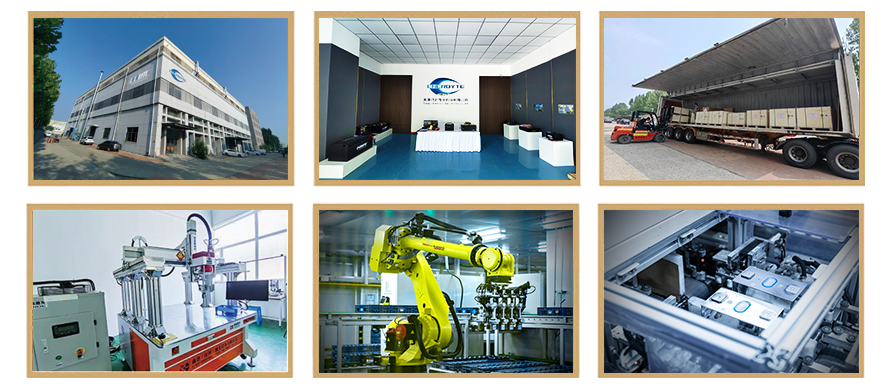
Years of experience in producing lithium batteries
Focus on the production of lithium batteries
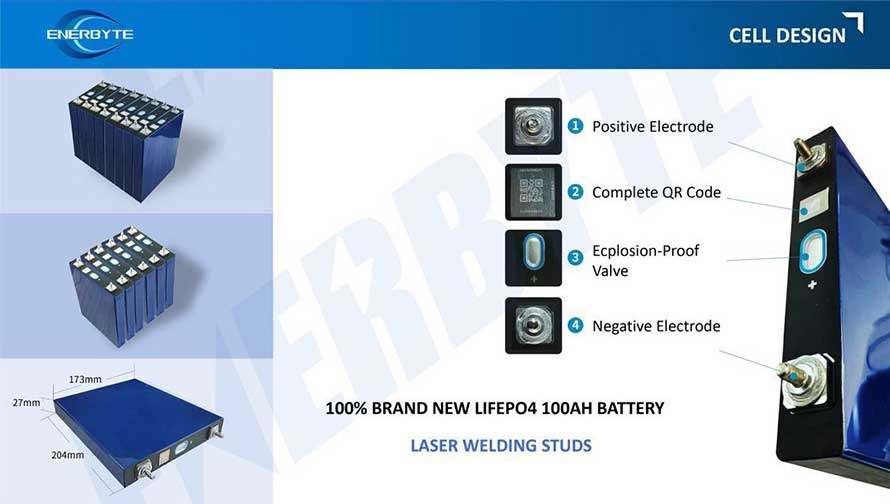
WE PROMISE TO MAKE EVERY LITHIUM BATTERY WELL
We have a comprehensive explanation of lithium batteries
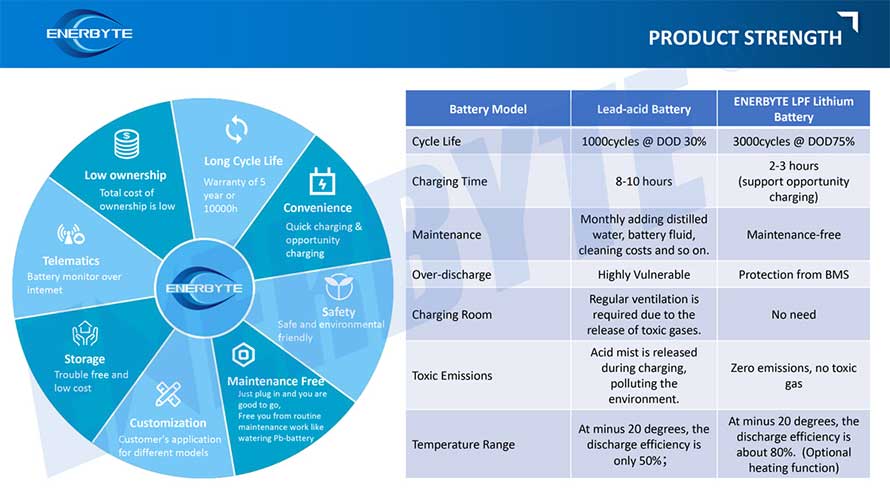
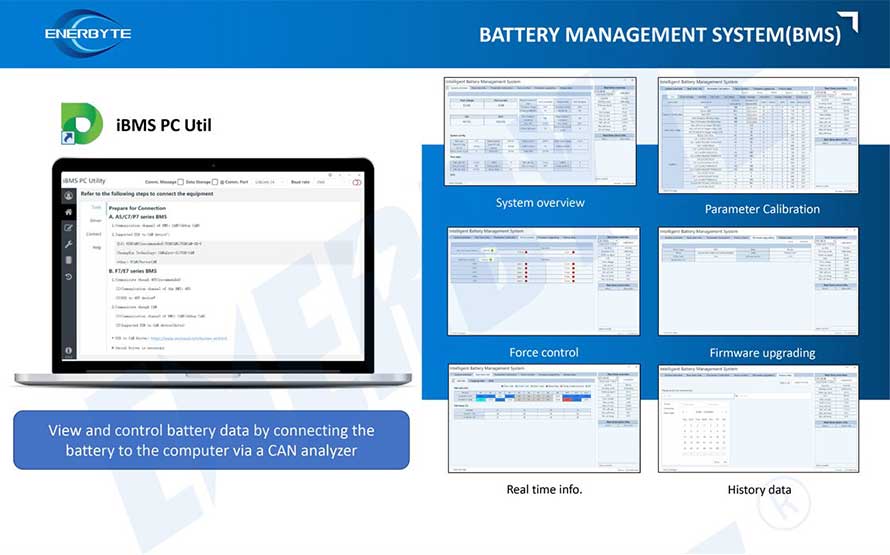
QUALIFICATION CERTIFICATE
THE QUALITY OF COMPLIANCE PROVIDES GUARANTEE FOR CUSTOMERS
MULTIPLE QUALIFICATION CERTIFICATES TO ENSURE STABLE PRODUCT QUALITY
Providing customers with professional and assured products is the guarantee of our continuous progress.
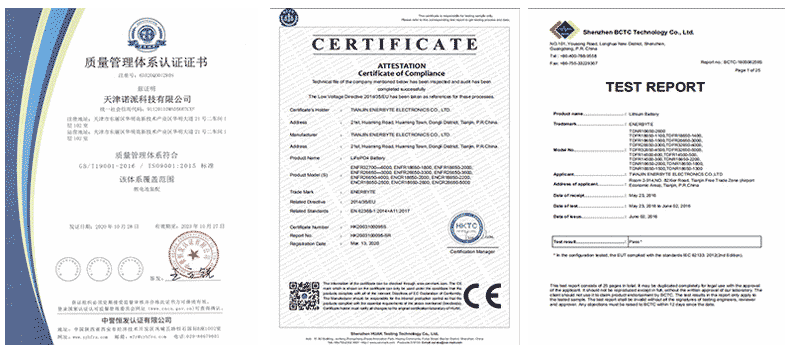
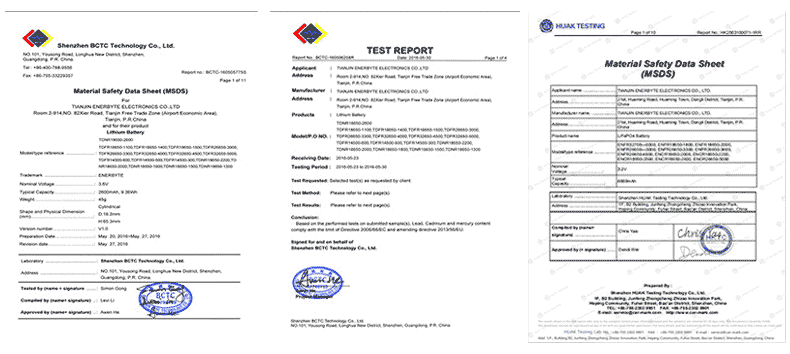
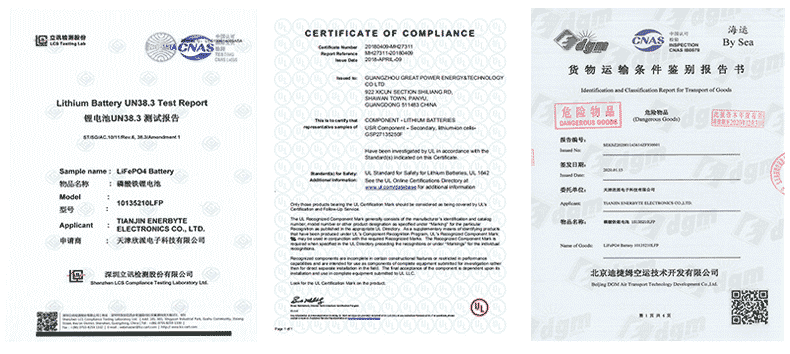
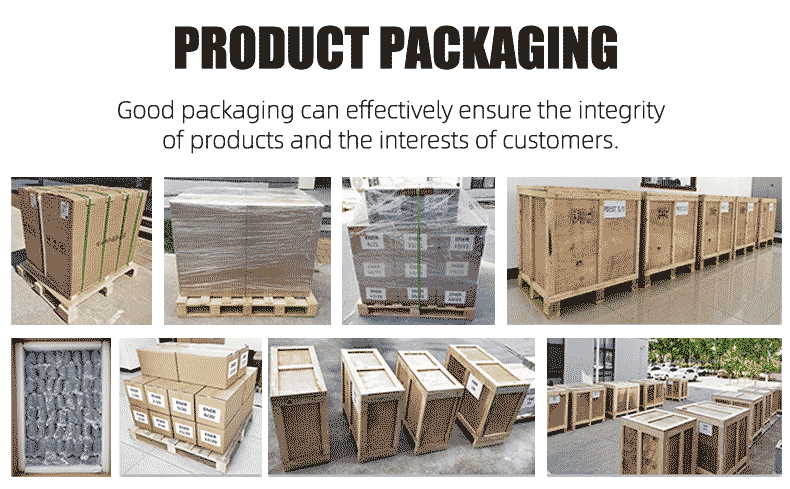
Applicable brands of our products


 Service hotline
Service hotline